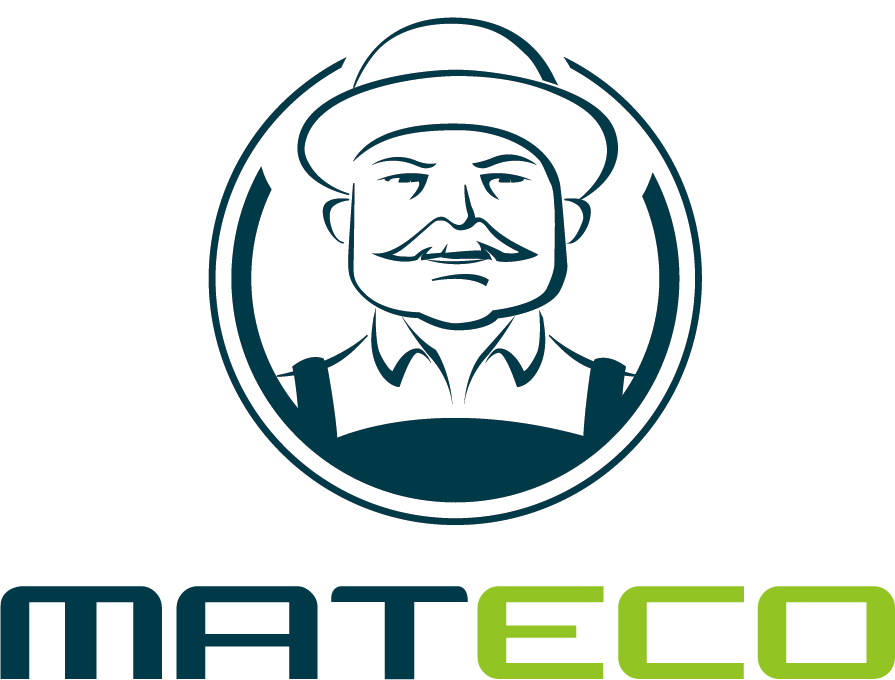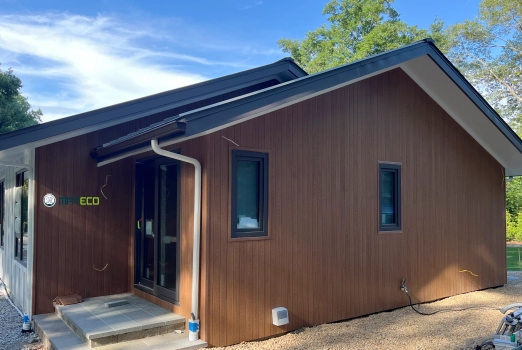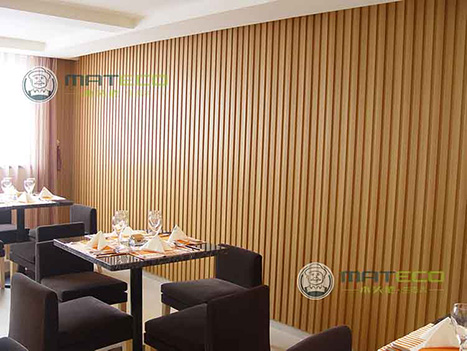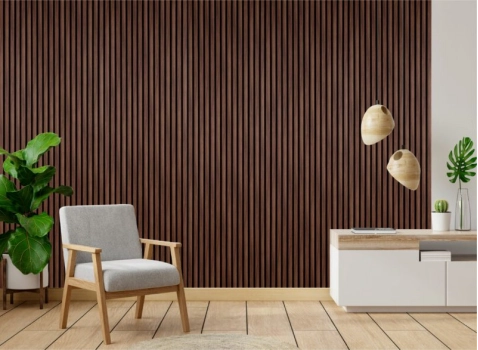WPC vs Ipe: Which Material Makes More Sense for Your Projects?
If you’re sourcing materials for exterior decking, cladding, or façade systems, you’ve likely considered both WPC (Wood-Plastic Composite) and Ipe hardwood. Both are used in high-end architectural and commercial environments, but they behave very differently across the life of a project, depending on your project scale and installation environment, one often makes more sense than the other.

Table of Contents
1. Material Composition and Consistency
Ipe is a natural hardwood, harvested mainly from South America. It’s known for being incredibly dense, hard, and rot-resistant. But with all-natural wood, you’re dealing with irregularity—variation in grain, tone, and board size. For projects where aesthetic consistency is critical, that variability can become a liability.
WPC, on the other hand, is an engineered material. Brands like MATECO manufacture it using a blend of wood fiber and thermoplastics. Our PVC-based core is extrusion-formed and then co-extruded with a UV-protective surface layer. Every board looks the same, which simplifies everything from project planning to site execution.
*If you’re bidding on a large project that requires uniformity and easy coordination between multiple crews, WPC eliminates many of the inconsistencies that natural wood introduces.
2. Durability and Maintenance
Ipe can last 25–40 years if installed and maintained properly. But that’s the catch—it requires maintenance. You’ll need to apply oil yearly to prevent surface graying and cracking. Failure to maintain it won’t necessarily affect structural performance, but it will change the appearance.
WPC, especially MATECO’s co-extruded products, is made for long-term performance with little to no upkeep. Their UV Armor technology resists fading, warping, and surface cracking for over 15 years without painting or staining. That matters when you’re supplying for hospitality, residential developments, or government contracts where long-term appearance and low upkeep are non-negotiable.
* A decade from now, your WPC installation will still look close to new—with no cost or labor added.
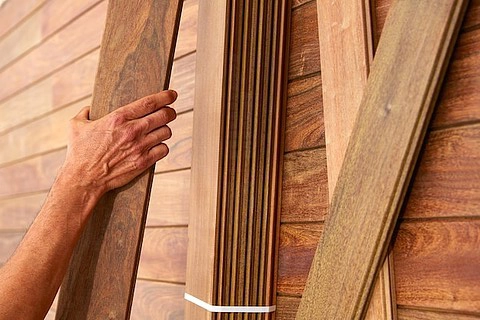
3. Installation and Jobsite Efficiency
Ipe is dense and heavy. Cutting and drilling it wears out blades fast and typically requires pre-drilling for fasteners. It adds hours of labor and can slow down timelines, particularly on large-scale or high-altitude installations.
WPC is lighter—MATECO’s PVC-based core is around 50% lighter than standard PE-based WPC and significantly lighter than Ipe. It can be cut with standard woodworking tools, installed using clip systems, and doesn’t require surface finishing. This directly reduces labor time and logistics costs.
* When you're planning soffits, multi-level facades, or suspended platforms, lighter material means faster install and fewer safety concerns.
4. Environmental and Regulatory Considerations
Ipe is a tropical hardwood, and the environmental scrutiny around it continues to grow. Harvesting it often contributes to deforestation. FSC-certified options exist, but they come at a premium and aren't always available in the quantities needed for large projects.
WPC, in contrast, uses recycled plastic and reclaimed wood fiber. MATECO’s production processes also avoid adhesives and maintain E0 formaldehyde levels, meeting both green building and indoor air quality standards.
* For LEED, BREEAM, or other green-certified builds, WPC is easier to document and justify.
5. Cost Breakdown Over Time
Ipe has high up-front material costs. Add to that the labor required for installation and the ongoing maintenance budget, and the long-term cost of ownership adds up quickly.
WPC, while sometimes comparable or slightly less expensive at purchase, provides a flatter total cost curve. There’s no repainting, no oiling, and minimal waste due to board uniformity.
* If you're presenting options to developers or owners, WPC lets you offer better lifecycle economics without compromising on durability.
6. Visual Appearance and Design Flexibility
Ipe has a rich, natural grain and color, and that can’t be denied. But batch-to-batch variation and eventual graying need to be managed, either through client education or maintenance contracts.
WPC has come a long way. MATECO’s finishes include realistic wood grain textures and natural tones like teak, walnut, and charcoal—without pigment fading. You get reliable color matching, repeatable design, and compatibility with CNC and trim components.
* For branded commercial projects or multi-unit housing, repeatable appearance equals fewer headaches.
Conclusion
If your project demands a true hardwood feel and the client is committed to long-term upkeep, Ipe is a valid choice. But if you're prioritizing jobsite speed, visual consistency, long-term value, and low maintenance, WPC is the more efficient and scalable solution.
If you are looking for a WPC manufacturer, MATECO will be your best choice.
WhatsApp: +86-13380085620
Email: info@matecowpc.com
